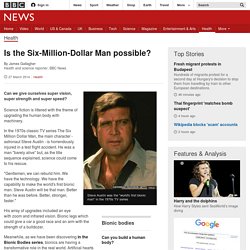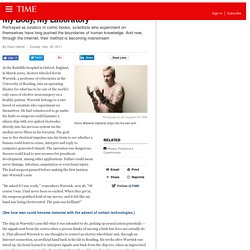

Affiches Accès par sujet. Placard publicitaire, avis administratif ou légal, annonce de manifestation… Au cours d’une histoire qu’on peut faire débuter à l’Antiquité mais qui prend sa forme moderne avec l’invention de l’imprimerie, l’affiche revêt ces fonctions multiples que nous lui connaissons encore aujourd’hui.

Les affiches illustrées de la période de l’Ancien régime sont rares, à en juger du moins par le peu d'entre elles qui nous est parvenu. Au début du XIXème siècle, on assiste à une première floraison importante d’affiches illustrées pour l’édition et la librairie romantiques, le plus souvent lithographiées et tirées en noir. Au milieu du siècle, de grandes gravures sur bois en couleurs sortent des presses de l’imprimerie Rouchon, mais il s’agit d’un épisode isolé. Il faut attendre Jules Chéret et son utilisation, à partir de 1866, de la lithographie en couleurs combinée à ses talents de dessinateur et de coloriste pour lancer le développement de l’affiche illustrée. Hillarys announcement. End the Gun Epidemic in America. Photo All decent people feel sorrow and righteous fury about the latest slaughter of innocents, in California.
Law enforcement and intelligence agencies are searching for motivations, including the vital question of how the murderers might have been connected to international terrorism. That is right and proper. But motives do not matter to the dead in California, nor did they in Colorado, Oregon, South Carolina, Virginia, Connecticut and far too many other places. The attention and anger of Americans should also be directed at the elected leaders whose job is to keep us safe but who place a higher premium on the money and political power of an industry dedicated to profiting from the unfettered spread of ever more powerful firearms.
It is a moral outrage and a national disgrace that civilians can legally purchase weapons designed specifically to kill people with brutal speed and efficiency. Continue reading the main story But at least those countries are trying. Hugh Herr: The new bionics that let us run, climb and dance. Is the Six-Million-Dollar Man possible? Image copyright Other Can we give ourselves super vision, super strength and super speed?

Science fiction is littered with the theme of upgrading the human body with machinery. In the 1970s classic TV series The Six Million Dollar Man, the main character - astronaut Steve Austin - is horrendously injured in a test flight accident. He was a man "barely alive" but, as the title sequence explained, science could come to his rescue. "Gentlemen, we can rebuild him. His array of upgrades included an eye with zoom and infrared vision. Meanwhile, as we have been discovering in the Bionic Bodies series, bionics are having a transformative role in the real world.
But the focus is on keeping people alive or restoring lost function. My Body, My Laboratory. At the Radcliffe hospital in Oxford, England, in March 2002, doctors wheeled Kevin Warwick, a professor of cybernetics at the University of Reading, into an operating theater for what has to be one of the world's only cases of elective neurosurgery on a healthy patient.

Warwick belongs to a rare breed of scientists who experiment on themselves. He had volunteered to go under the knife so surgeons could hammer a silicon chip with 100 spiked electrodes directly into his nervous system via the median nerve fibers in his forearm. The goal was to fire electrical impulses into his brain to see whether a human could learn to sense, interpret and reply to computer-generated stimuli.
The operation was dangerous. Success could lead to new avenues for prosthesis development, among other applications. "He asked if I was ready," remembers Warwick, now 56. Warwick's work may be cutting-edge, but his method is as old as science itself. Self-experimentation has also found new life on the Internet. Visions ot the future 1of3 The Intelligence Revolution - 4 Translation(s) Michio Kaku: Inventions of the Future. Akta Manniskor (Real humans) S01e01. The Most Awesome Robots (until 2014)
Hugh Herr at TED Talks on The New Bionics That Let Us Run, Climb And Dance (Transcript) Hugh Herr now heads the MIT Media Lab’s Biomechatronics group.

In this TED talk, you will find him talk about the incredible advances in prosthetics that allow for normal levels of balance and speed as that of the biological ones. Speaker full bio Related Links: BiOM.com Biomechatronics at the MIT Media Lab Audio-MP3: Audio Player YouTube Video: Hugh Herr – Bionics designer Looking deeply inside nature through the magnifying glass of science, designers extract principles, processes and materials that are forming the very basis of design methodology – from synthetic constructs that resemble biological materials to computational methods that emulate neural processes, nature is driving design. Design is also driving nature. Bionics explores the interplay between biology and design. Bionics has defined my physicality. I began by developing specialized limbs that allowed me to return to the vertical world of rock and ice climbing. Bionics entails the engineering of extreme interfaces.